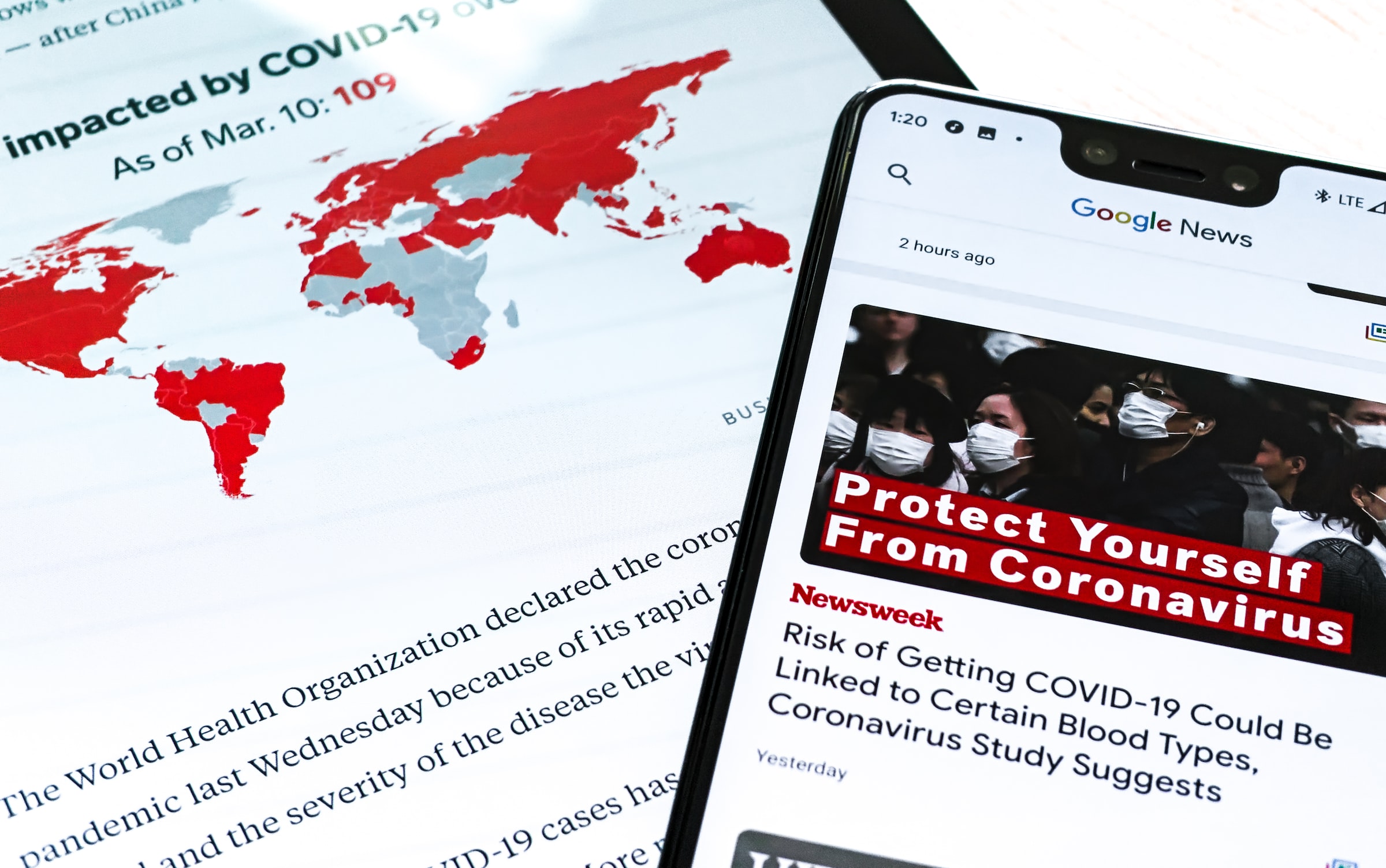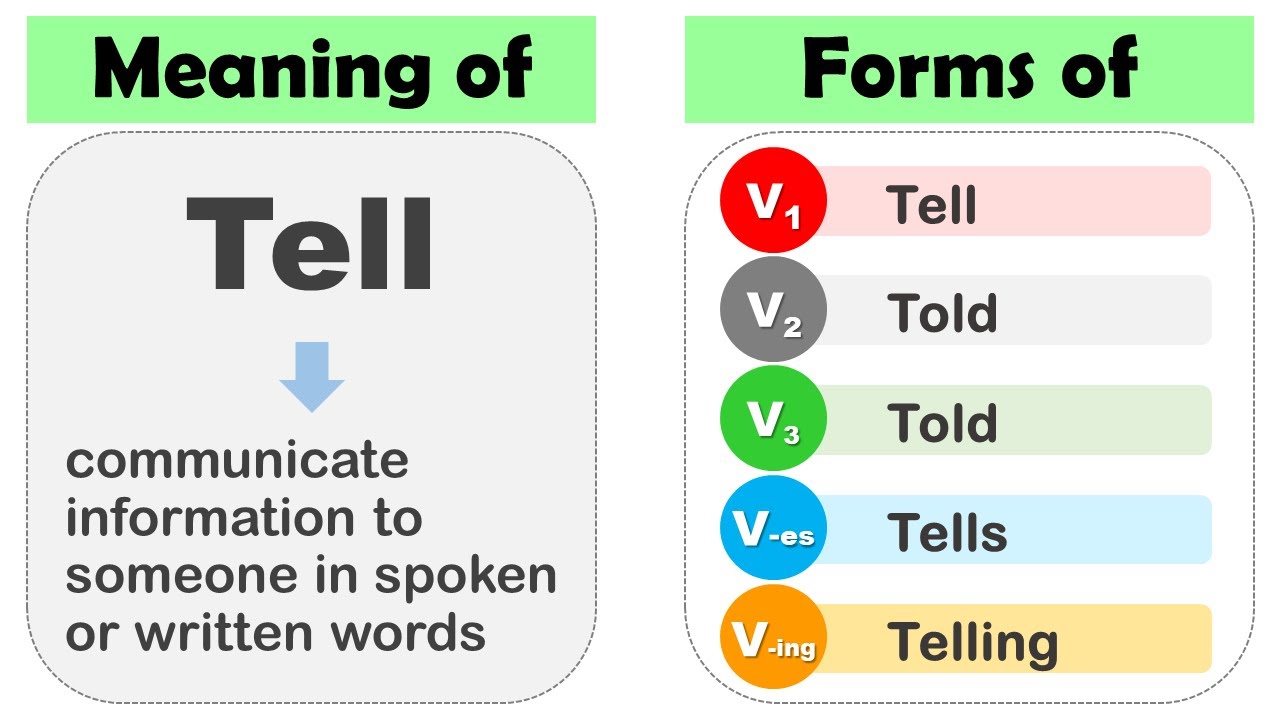News Media Credibility: Trusted and Neutral Sources in American Journalism
Understand news media credibility in the United States
In today’s information saturate environment, identify reliable news sources has become progressively challenging for American consumers. The fragmentation of media, rise of partisan reporting, and proliferation of misinformation have created a complex landscape where determine which news outlets deserve our trust require careful consideration.
Trust in news media vary importantly across demographic groups, political affiliations, and generations. What one person consider trustworthy might be viewed with skepticism by another, make the concept of t” ” virtually trus” news source inherently subjective.
Measure trust in news media
Several organizations conduct regular surveys to gauge public trust in various news outlets. These include the Reuters institute digital news report, pew research center studies, and the Gallup / knight foundation trust in media polls. These assessments provide valuable insights into how Americans perceive different news sources.
Factors that influence trust
Several key factors affect whether Americans trust a particular news source:
- Accuracy and fact check outlets that systematically provide factual information and correct errors readily tend to earn higher trust ratings.
- Transparency news organizations that intelligibly distinguish between news and opinion content and disclose potential conflicts of interest build credibility.
- Consistency sources that maintain consistent editorial standards disregarding of the topic being cover are broadly view as more reliable.
- Independence outlets perceive as free from undue corporate or political influence typically receive higher trust scores.
- Depth of report news organizations that invest in investigative journalism and provide context kinda than equitable headlines oftentimes gain more trust.
Near trust news sources in America
Accord to multiple surveys and studies, several news organizations systematically rank among the virtual trust by amAmericansthough with important caveats about partisan divides in these perceptions.
Broadcast networks
Among traditional broadcast networks, PBS (public broadcasting service )systematically rank among the virtually trusted news sources across the political spectrum. Its public funding model and commitment to educational content contribute to its reputation for reliability.
ABC News, CBS news, and NBC news besides maintain comparatively high trust ratings among mainstream broadcast networks, though trust levels vary importantly base on viewers’ political leanings.
Cable news networks
In the cable news landscape, trust assessments show stark partisan divides. Fox News maintain high trust ratings among conservative Americans but importantly lower ratings among liberals. Conversely, CNN and MSNBC receive higher trust scores from liberal viewers and lower ratings from conservatives.
Print and digital publications
Among print and digital publications, the Wall Street journal, the associated press, and Reuters systematically receive high trust ratings across the political spectrum. The Wall Street journal’s clear separation between news reporting and opinion content contribute to its credibility, while the ap and Reuters benefit from their focus on factual reporting for global audiences.
The New York times and the Washington Post maintain high trust among many readers, specially those with liberal or moderate political views, though they face more skepticism from conservative audiences.
Public broadcasting
National public radio (nNPR)systematically rank among the wewell-nighrusted news sources in amAmericaspecially among those with higher education levels. Its listener support model, in depth reporting, and focus on context contribute to its strong reputation.
The concept of neutrality in news media
The idea of a” neutral ” ews source deserve careful examination. True neutrality in journalism is challenge to achieve because:
- All reporting involve selection decisions about which stories to cover and what aspect to emphasize
- Language choices ineluctably reflect certain perspectives
- The very act of determine what constitute” news ” nvolve value judgments
Quite than perfect neutrality, media scholars oftentimes advocate for transparency about perspectives, fairness in present multiple viewpoints, and factual accuracy irrespective of which political interests might be affect.
Most politically neutral news sources
Several news organizations are wide to recognize for their efforts to maintain political balance and minimize partisan bias in their reporting:
News agencies
The associated press (ap )and reReutersre systematically rate as among the wewell-nigheutral news sources in the unUnited StatesAs wire services that provide content to outlets across the political spectrum, they focus principally on factual reporting with minimal analysis or opinion. Their business models incentivize neutrality, as they must appeal to client publications with diverse political perspectives.
Broadcast news
C span provide unfiltered coverage of government proceedings without commentary, make it one of the well-nigh neutral sources for political information. Its straightforward approach allow viewers to form their own opinions base on direct observation.
Pb’snews hourr maintain a reputation for balanced reporting that present multiple perspectives on complex issues. Its slower pace and emphasis on in depth interviews quite than pundit debates contribute to its perception as comparatively neutral.
Print and digital publications
The Christian science monitor, despite its religious sound name, is wide respect for its politically neutral, fact base international reporting. The publication has won numerous Pulitzer prizes and maintain high standards of journalistic integrity.
The Wall Street journal’s news reporting (as distinct from its conservative lean editorial pages )is broadly regard as factual and comparatively balanced, though its business focus shshapests coverage priorities.
Specialized news sources
The economist, while technically a British publication, have extensive American readership and provide analysis that doesn’t fit neatly into u.s. political categories. It combines fiscally conservative and socially liberal perspectives with a global outlook.
Politico focus on detailed political reporting without overtly favor either major party, though media bias trackers note it have slight tendencies in certain coverage areas.
Tools for evaluating news source credibility
Several resources can help Americans assess the reliability and political leanings of news sources:
Media bias charts
Organizations like ad fonts media and aall sidesprovide visual representations of news sources position along political and reliability spectrums. These charts can serve as start points for understand how different outlets compare, though they have methodological limitations.
Fact check organizations
Independent fact-checkers like political, factcheck.org, and the wWashington Postffact-checkerevaluate claims make by politicians and news outlets like. Check how frequently a news source make claims rate false or misleading can provide insight into its reliability.
Media literacy resources
Organizations like the news literacy project and the pointer institute offer tools and education to help consumers critically evaluate news content disregarding of source. These resources emphasize skills like check multiple sources, identify opinion content, and recognize emotional manipulation techniques.
The value of news source diversity
Media experts progressively recommend that Americans consume news from multiple sources across the political spectrum preferably than rely on any single outlet, no topic how trusted or neutral it may appear. This approach offer several benefits:
- Exposure to different perspectives on the same events
- Awareness of which stories receive emphasis in different media environments
- The ability to identify when factual reporting is consistent across partisan divides
- Recognition of blind spots or biases in one’s preferred sources
Combine mainstream sources with thoughtful independent journalism can provide a more complete picture of complex issues than any single outlet can offer.
The challenge of change media landscapes
The concept of trusted and neutral news sources continue to evolve as the media landscape transform. Several factors complicate the picture:
Declining trust overall
Trust in news media has decline importantly across all sources in recent decades. Accord to Gallup polling, overall trust in mass media has fall from 72 % in 1976 to around 40 % in recent years, with especially sharp drops among certain demographic groups.
Fragmentation of news consumption
Americans progressively receive news through social media platforms, aggregators, and personalize feeds instead than direct from news organizations. This fragmentation make it harder to evaluate source credibility and can amplify misinformation.
Economic pressures on journalism
Financial challenges face traditional news organizations have lead to staff reductions, consolidation of ownership, and in some cases, increase pressure for content that drive engagement kinda than prioritize accuracy and context.

Source: mylot.com
The rise of partisan media
News outlets explicitly align with particular political perspectives have gain prominence, create environments where audiences can consume information that systematically reinforce their exist views.
Strategies for finding reliable news
Give these challenges, media literacy experts recommend several strategies for Americans seek trustworthy information:
Focus on methodology
Quite than but ask whether a source is trust or neutral, examine how it gathers and verifies information. Sources that emphasize on the ground reporting, cite multiple perspectives, intelligibly identify opinion content, and correct errors quickly tend to be more reliable careless of their position on the political spectrum.
Consider the type of content
Different types of journalism serve different purposes. Break news reporting may prioritize speed, while investigative journalism emphasize depth and verification. Understand these distinctions help set appropriate expectations for different content types.
Evaluate individual stories
Instead, than flatly trust or distrust entire news organizations, develop the habit of evaluate individual stories base on their source, evidence, and reasoning. Flush broadly reliable outlets occasionally publish flawed reporting, while outlets with clear political leanings sometimes produce valuable factual journalism.
Conclusion
The question of which news sources are well-nigh trusted and neutral in the United States have no simple answer. Trust vary importantly across demographic and political groups, while true neutrality remain an aspirational goal quite than an achievable reality.
Nonetheless, several organizations systematically earn higher marks for reliability and balance. The associated press, Reuters, PBS, and NPR regularly appear at the top of trust surveys that span political divides. The Wall Street journal, the economist, and c span are often cited for their efforts to maintain political balance in their reporting.
Finally, the virtually informed approach to news consumption involve develop strong media literacy skills, consult multiple sources, understand the limitations of all news organizations, and prioritize factual reporting over content design principally to reinforce exist beliefs or generate emotional reactions. By approach news with both skepticism and openness, Americans can navigate the complex media landscape more efficaciously.

Source: visualcapitalist.com
MORE FROM dealdetectivepro.com












